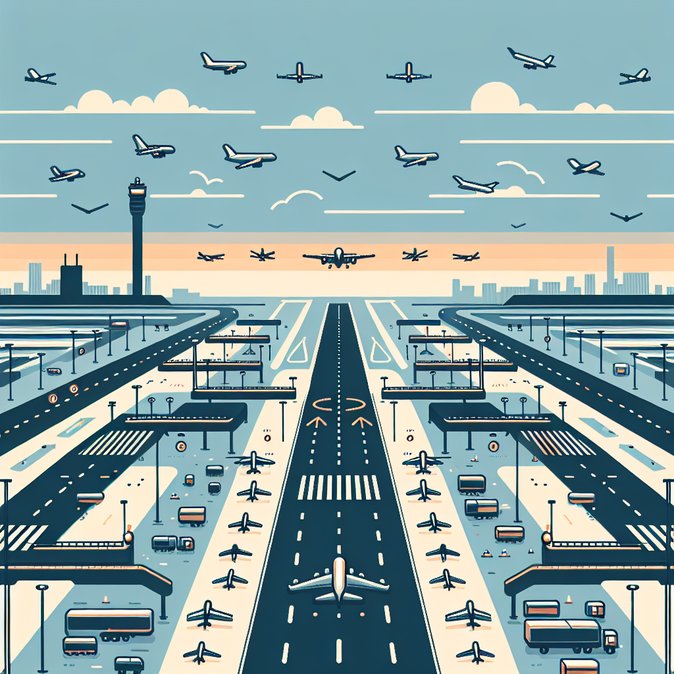
Chhatrapati Shivaji Maharaj International Airport (CSMIA) handled 1,036 aircraft movements on 21 November 2025, setting a new global record for a single-runway airport and underlining India’s post-pandemic aviation resurgence.
The milestone—520 arrivals and 516 departures—coincided with peak festive travel and translated into 170,488 passenger movements. High-density domestic routes to Delhi, Bengaluru and Ahmedabad accounted for two-thirds of traffic, while international services to Dubai, Doha and London remained top outbound sectors.
![Mumbai Airport breaks single-runway world record with 1,036 flight movements in a day]()
CSMIA credits the achievement to digital self-service adoption (DigiYatra, self-bag drops) and real-time coordination via its Airport Operations Control Centre. Nevertheless, industry bodies say the feat intensifies calls for a parallel runway; apron congestion already forces some business-jets to night-stop at Pune or Surat during peak hours.
For mobility managers the record signals both opportunity and risk: Mumbai’s growing connectivity benefits expatriate assignments, but slot scarcity may worsen during the 2026 financial-year end when corporate travel spikes. Companies may need to budget for flexible routings via Navi Mumbai—slated to open in late 2026—or explore rail-air multimodal links for short-haul domestic moves.
The milestone—520 arrivals and 516 departures—coincided with peak festive travel and translated into 170,488 passenger movements. High-density domestic routes to Delhi, Bengaluru and Ahmedabad accounted for two-thirds of traffic, while international services to Dubai, Doha and London remained top outbound sectors.

CSMIA credits the achievement to digital self-service adoption (DigiYatra, self-bag drops) and real-time coordination via its Airport Operations Control Centre. Nevertheless, industry bodies say the feat intensifies calls for a parallel runway; apron congestion already forces some business-jets to night-stop at Pune or Surat during peak hours.
For mobility managers the record signals both opportunity and risk: Mumbai’s growing connectivity benefits expatriate assignments, but slot scarcity may worsen during the 2026 financial-year end when corporate travel spikes. Companies may need to budget for flexible routings via Navi Mumbai—slated to open in late 2026—or explore rail-air multimodal links for short-haul domestic moves.









